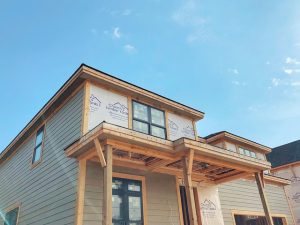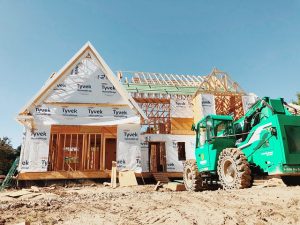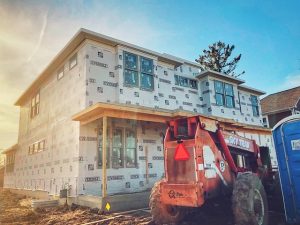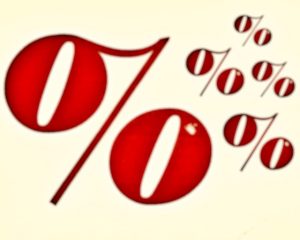Sales of newly built single-family homes were mostly unmoved in July from the month before, according to newly released numbers. The data – from the U.S. Census Bureau and the Department of Housing and Urban Development – shows sales of new homes were 0.6 percent lower in July than they were the previous month and are now 8.2 percent lower than year-before levels. The summer stall comes at a time when home builders are lowering prices and trying to lure prospective home buyers. Evidence of that can be found in the Census Bureau’s numbers. For example, the median sales price of new homes sold in July was $403,800 – down from June when it was $407,200 and lower than last year when the median sales price of a new home was $429,000. Lower prices may be enticing buyers because, though new home sales were down from the month before, they still beat economists’ expectations in July, which could be a good sign for the housing market and overall economy. (source)













